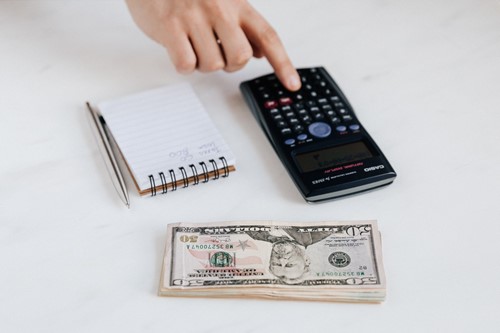
When buying a home, the down payment will make up the bulk of your upfront expenses. While most mortgage lenders offer you flexibility in the amount of your down payment, it's difficult to decide how much money to spend right away. While a higher upfront cost, a higher-than-minimum down payment has some significant advantages. Here are the main benefits to consider:
Better Mortgage Terms
Typically, buyers who opt for a larger down payment have more options for mortgage terms. A higher down payment will often result in a lower interest rate, which can save you thousands of dollars over the life of your home. It will also lower your monthly expenses and allow you to pay off your mortgage sooner. The more money you pay up front, the less money you borrow, so it's important to compare the short and long term effects.
Avoid Private Mortgage Insurance
Private Mortgage Insurance (PMI) is additional protection for the lender. A PMI policy is only required if you borrow 80% or more of the home's purchase price. Therefore, a 20% down payment will help you avoid the additional ongoing expense of insurance dues and save you thousands.
Show Sellers You're Serious
Offering a larger amount of money up front communicates to sellers that you're a qualified buyer. It shows your level of interest and financial responsibility, two things that make a buyer less likely to back out of a sale. A large down payment can reassure sellers that you intend to take the transaction through to completion, and may also serve as a bargaining tool for things like closing costs or total purchase price.
20% of the purchase price has been a commonly accepted guideline for down payments for decades. However, it's not required. Should you opt to spend more or less on your down payment, consider the short and long-term effects of the decision to make a confident choice.
About the Author
